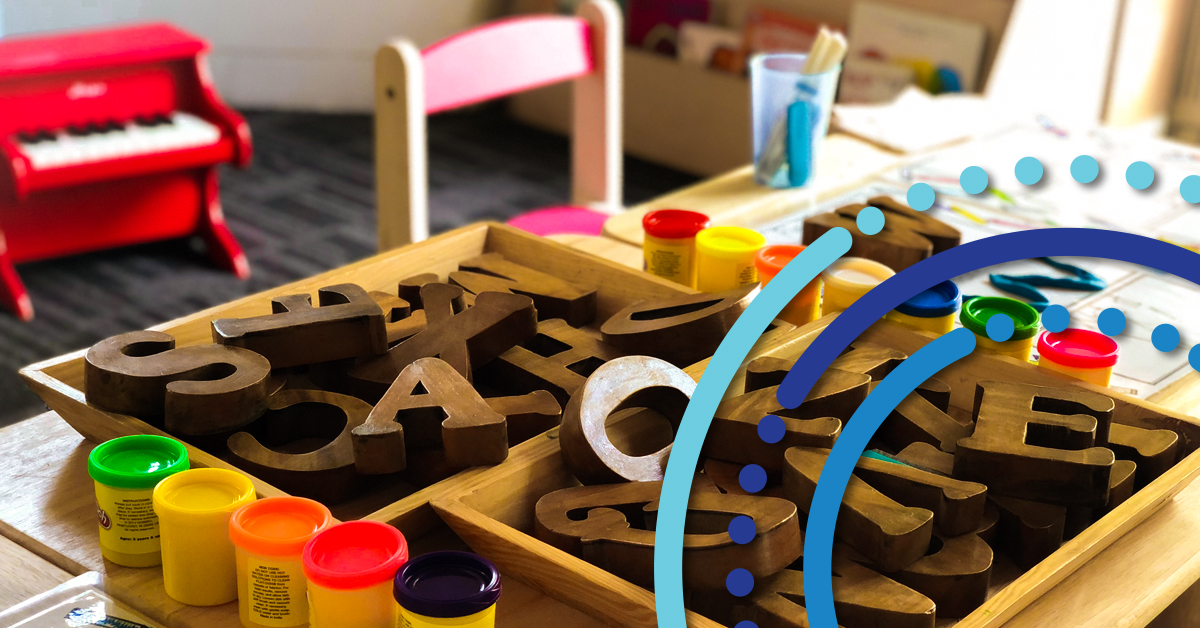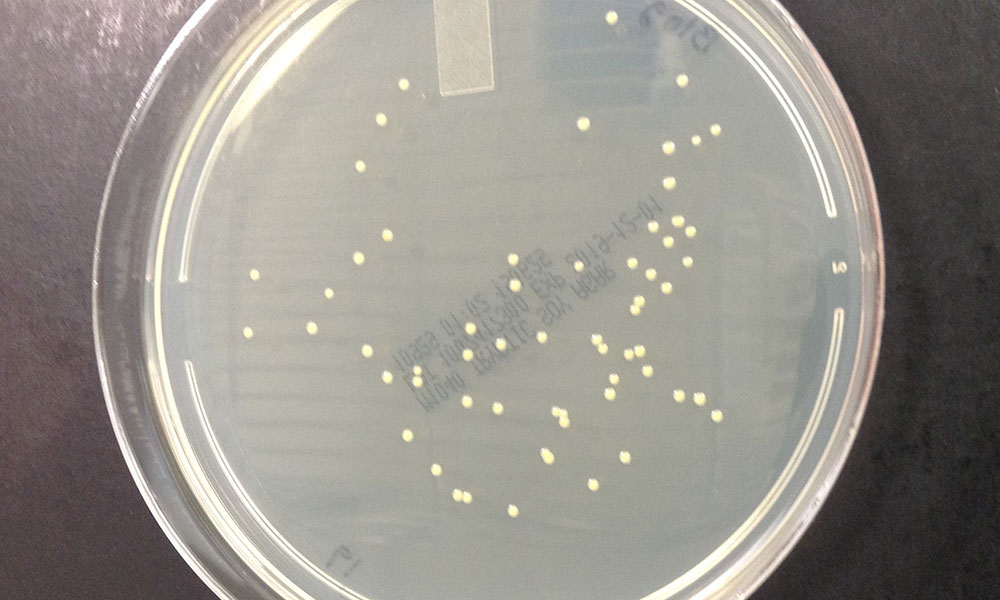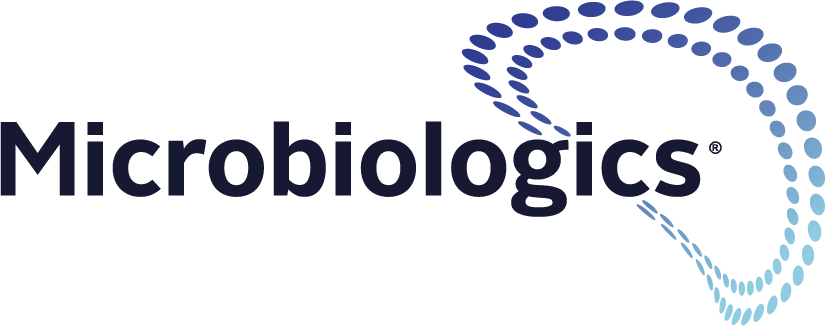We’re in the midst of the COVID-19 global pandemic and now back-to-school time is upon us. For some that means resuming in-person learning, whether it be full or part-time. Parents, students and school staff are all feeling a mixture of emotions, from the excitement of being reunited with friends and getting back to some form of “normalcy”, to anxiety about social distancing and face masking, and of course, fear of contracting Coronavirus.
Unfortunately, and in true 2020 fashion, we’re now learning that COVID-19 may not be the only illness we need to worry about this Fall. Experts are concerned about the possibility of Legionella lurking in school water systems after they have been sitting stagnate for months since the initial COVID-19 shutdowns last Spring. Outbreaks of the disease may further strain already overburdened diagnostic resources. Since it is primarily a respiratory illness, it may be misdiagnosed as COVID-19. Like COVID-19, it poses increased risks for people over the age of 50 and those with underlying health conditions. Based on available data, Legionaries’ disease is believed to be fatal for about one in ten people. To get the full scoop on this latest public health risk, check out the article “Reopened Schools Find Health Risks in Water After Covid-19 Lockdowns” from The New York Times.
The Pathogen Behind the Disease
Legionella pneumophila is an aerobic, flagellated, non-spore forming, Gram-negative bacterium that causes the respiratory infection known as Legionnaires’ disease and Pontiac fever. First identified in 1977 after a severe pneumonia outbreak linked to an American Legion convention in the United States, Legionella pneumophila is commonly found in bodies of water such as lakes, rivers, creeks and hot springs. It’s also frequently associated with outbreaks linked to artificial water systems including hot and cold water systems in public and private buildings. The bacterium is transmitted through the inhalation of contaminated aerosols that are dispersed when a water tap or shower is turned on.
Standard Methods for the Examination of Water and Wastewater provides guidance for laboratories tasked with the detection of pathogenic bacteria found in drinking water and wastewater. As with any microbiological examination, laboratory best practices include the use of control materials to ensure that test methods, materials and procedures are consistently producing accurate results.
Microbiologics manufactures industry-leading microbial controls that help create confidence in science. We offer L. pneumophila and other related species laboratories need for control testing of the various microbiological methods and commercial kits designed to detect Legionella. Check our website for a complete list of strains and formats.






0 Comments